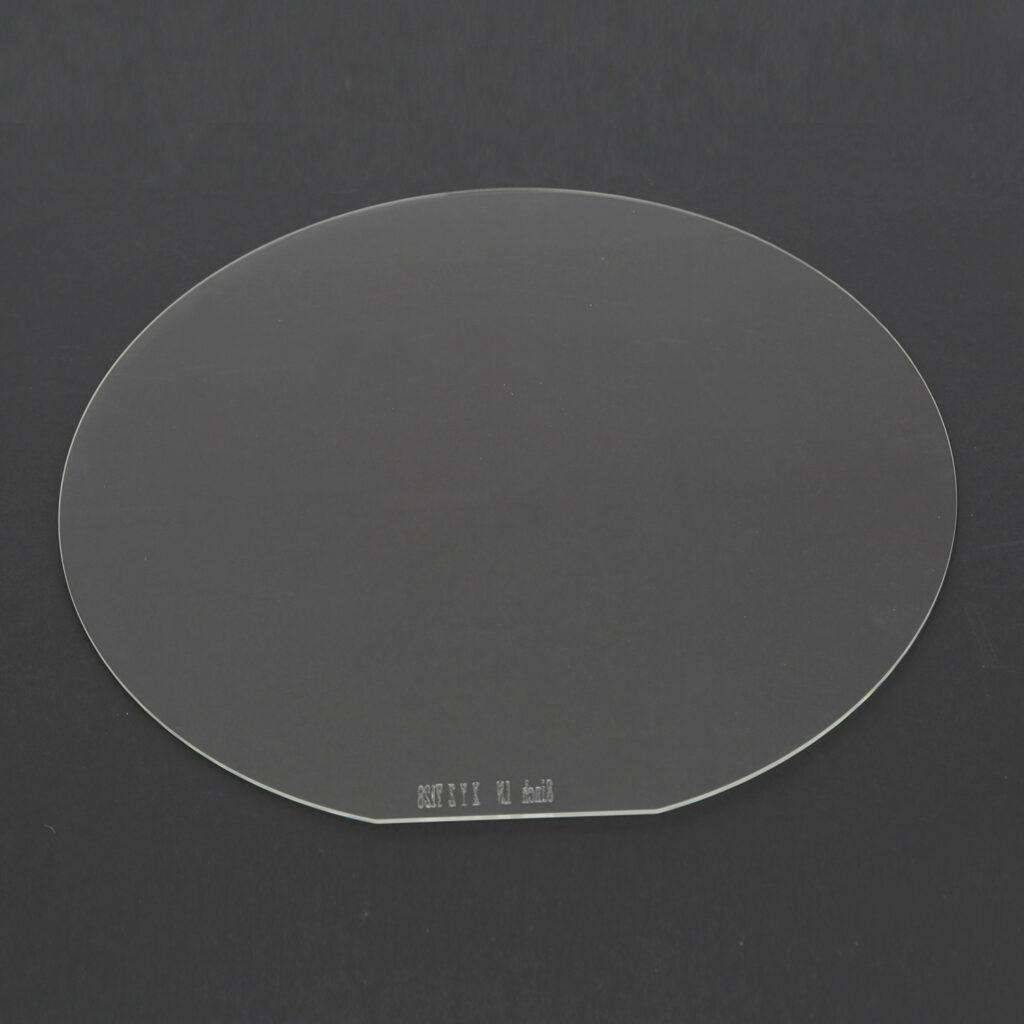Wafer Glass: A Deep-Dive Technical Overview and Real-World Applications

Strong 8k brings an ultra-HD IPTV experience to your living room and your pocket.
Introduction: What Exactly Is Wafer Glass?
If you’re working in tech-heavy fields like semiconductors, photonics, or MEMS, you’ve probably come across the term “wafer glass.” But what is it really?
Wafer glass is a precision-engineered, ultra-flat, ultra-clean glass disc—typically circular and paper-thin—designed to meet the extremely tight tolerances required in advanced manufacturing environments. These substrates form the foundation for processes like thin-film deposition, microfabrication, and photolithography. In short, wafer glass is the silent hero behind cutting-edge innovations in optics, electronics, and biotech.
Key Physical and Optical Properties of Wafer Glass
What makes wafer glass different from standard commercial or architectural glass? Here’s a breakdown:
High Flatness (TTV
Surface Roughness (Ra
Dimensional Accuracy: Wafer glass must maintain strict tolerances across diameter and thickness to fit seamlessly into automated production lines.
Edge Finish: Laser-cut or beveled edges minimize chipping and breakage, ensuring long-term durability and safety in handling.
Thermal and Chemical Stability: Depending on its composition, wafer glass can withstand high heat and corrosive chemicals common in cleanroom processes.
Common Wafer Glass Materials and Their Applications
Several types of glass are used in wafer form, each with its own strengths. Borofloat® 33 is known for its low thermal expansion and excellent chemical durability, ideal for MEMS and lab-on-a-chip systems. Corning® Eagle XG® is alkali-free and dimensionally stable, making it suitable for high-resolution display manufacturing. SCHOTT D263T is ultra-thin and highly transparent, perfect for diagnostic equipment. Quartz (fused silica) is the go-to choice for extreme UV applications and environments requiring superior thermal stability. Lastly, soda-lime glass is budget-friendly and sufficient for general-purpose uses like coating tests and prototyping.
Core Applications of Wafer Glass
1. Semiconductor Fabrication
Wafer glass acts as a carrier or process wafer in deposition, inspection, and lithography. Its thermal and dimensional stability makes it an ideal surface for advanced circuit manufacturing.
2. MEMS Devices
Used as structural layers or capping substrates, wafer glass enables hermetic sealing, transparency, and chemical bonding compatibility with silicon in micro-electromechanical systems.
3. Microfluidics and Biotechnology
Precision-etched channels within glass wafers create lab-on-chip platforms for DNA sequencing, diagnostics, and fluid manipulation. Borosilicate and quartz are particularly popular due to their bio-inertness.
4. Optical Coatings and Laser Components
With near-perfect surface finishes, glass wafers support high-end optical coatings like beam splitters, AR coatings, and laser mirrors.
5. Photomasks and Flat Panel Displays
Glass wafers such as Eagle XG are essential for LCD and OLED production, where extreme uniformity and non-reactivity are mandatory.
Wafer Glass vs. Silicon Wafers: A Quick Comparison
Glass wafers offer transparency in the UV and visible range, making them perfect for optical applications. They’re also electrical insulators and chemically inert, especially when made from quartz or borosilicate. Silicon wafers, on the other hand, are opaque and semiconductive, which is ideal for active electronic components. While glass wafers are more cost-effective and reusable in many cases, silicon remains dominant in electronics due to its semiconducting nature.
Wafer Glass Manufacturing and Finishing Techniques
Creating high-quality wafer glass involves a range of advanced processes. These include CNC cutting for custom shapes, single or double-side polishing for ultra-flat finishes, and wet or plasma etching for microstructures. Wafer cleaning is also critical—ultrasonic and megasonic cleaning methods remove even the tiniest particles. Thermal annealing helps relieve internal stresses, while specialty coatings like ITO or anti-reflective films enhance function.
Additional Considerations for Engineering Teams
11. Cleanliness Standards
Top-tier glass wafers are rigorously cleaned using industry-standard methods like RCA and packaged in controlled cleanroom environments to avoid contamination.
12. Thermal Shock Resistance
For laser processing and other high-heat applications, materials like quartz and borosilicate offer the thermal durability needed to withstand rapid temperature changes.
13. Edge Integrity
Laser trimming and edge beveling help prevent microcracks and ensure safe, reliable wafer handling throughout your process.
14. Optical Parallelism
Maintaining wedge-free, parallel surfaces is crucial in photonics. Even minor inconsistencies can distort beam paths or introduce signal errors.
15. Certifications & Industry Compliance
Medical, aerospace, and defense applications often require glass wafers to meet ISO, RoHS, or MIL-SPEC standards for safety and traceability.
FAQs: Everything You Wanted to Know About Wafer Glass
What are wafer glass discs used for?
They’re foundational in semiconductors, biotech devices, MEMS sensors, and optical filters.
Can I get custom sizes?
Yes. Leading manufacturers offer full customization, from shape and thickness to surface finish and coatings.
Is wafer glass cleanroom-safe?
Absolutely. Quality wafers are cleaned and packaged in ISO-certified cleanrooms.
What’s the difference between DSP and SSP wafers?
DSP is polished on both sides for maximum flatness; SSP has one polished surface for bonding or support roles.
Is soda-lime glass a good option?
It’s suitable for basic tasks, but borosilicate or quartz is preferred for performance-critical applications.
Conclusion
Wafer glass might not get the spotlight, but it’s the backbone of precision technology. Whether you're scaling a semiconductor fab or prototyping a biotech device, the quality of your wafer glass matters more than most people realize.
Note: IndiBlogHub features both user-submitted and editorial content. We do not verify third-party contributions. Read our Disclaimer and Privacy Policyfor details.


